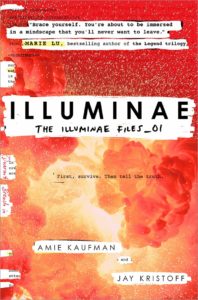After listening to the “What is Wrong With UX?” podcast (from Kate Rutter and Laura Klein) for a while, I recently picked up the book the hosts have been relentlessly shilling (and writing or contributing to) since the dawn of time start of the podcast.
But to start with, before I get onto the book (Build Better Products by Laura Klein), I’ll mention the podcast a bit more.
They introduce it every time as “The podcast where two old ladies yell at each other about how to make products suck slightly less”, and typically conclude by complaining about how they’ve run out of booze.
If you’re a UXer who likes talking about UX a) in a frank, open manner and b) in a pub, this might be a podcast for you. They have a cynicism which is oddly refreshing in this particularly shiny and glossy field, and I’m pretty sure I’ve been to workshops presented by one or both of them at some point. One of them probably helped me get into sketchnoting… which you might have noticed included in some of my other posts.
So. The book.
It’s a no-nonsense, clear and straightforward guide to UX processes, which (for a nice change) acknowledges that some of us are in-house UXers working in the enterprise space, and so have to live with our work for years (decades!) in a way that just doesn’t happen the same way in the consumer world.
There are parts of if which I’d describe as leaning towards “my first UX” or “teaching grandmother to suck eggs”, but they’re wrapped in a mountain of useful advice and sane ways to make some fairly weird and wonderful UX practices actually make sense to business users and developers.
Really, I ought to wait until I’ve finished reading the book before blathering on about it, but this time I decided not to. Why? Because it’s that good. Because not only does it make sense to me in the UX field, but it’s also written in a clear and concise way that managers, directors and developers will understand and find useful as well.
It’s not about putting some UX next to your product, or trying to smear it on at the end. It’s about baking UX design thinking in throughout the life-cycle of the product. From identifying user needs, through promoting behaviour that supports and addresses them and on to validating assumptions, measuring outcomes and then iterating based on what you find.
I’ll be making sure a copy gets added to our office library, and quite possibly demanding that our product management team, senior developers and architects get locked in a room until they’ve read it. If you’re a UXer who works with other human, read it. It’s a breath of fresh air. Written with the same combination of capability, realism, pride and self-effacing humour that the podcast has, it manages something that most UX books have utterly failed at: It provides an enjoyable and memorable reading experience.
If you work with a UXer and don’t really know what they actually do or why they keep asking weird questions and going off sideways from problems, you could do a lot worse than picking this up.


Recent Comments